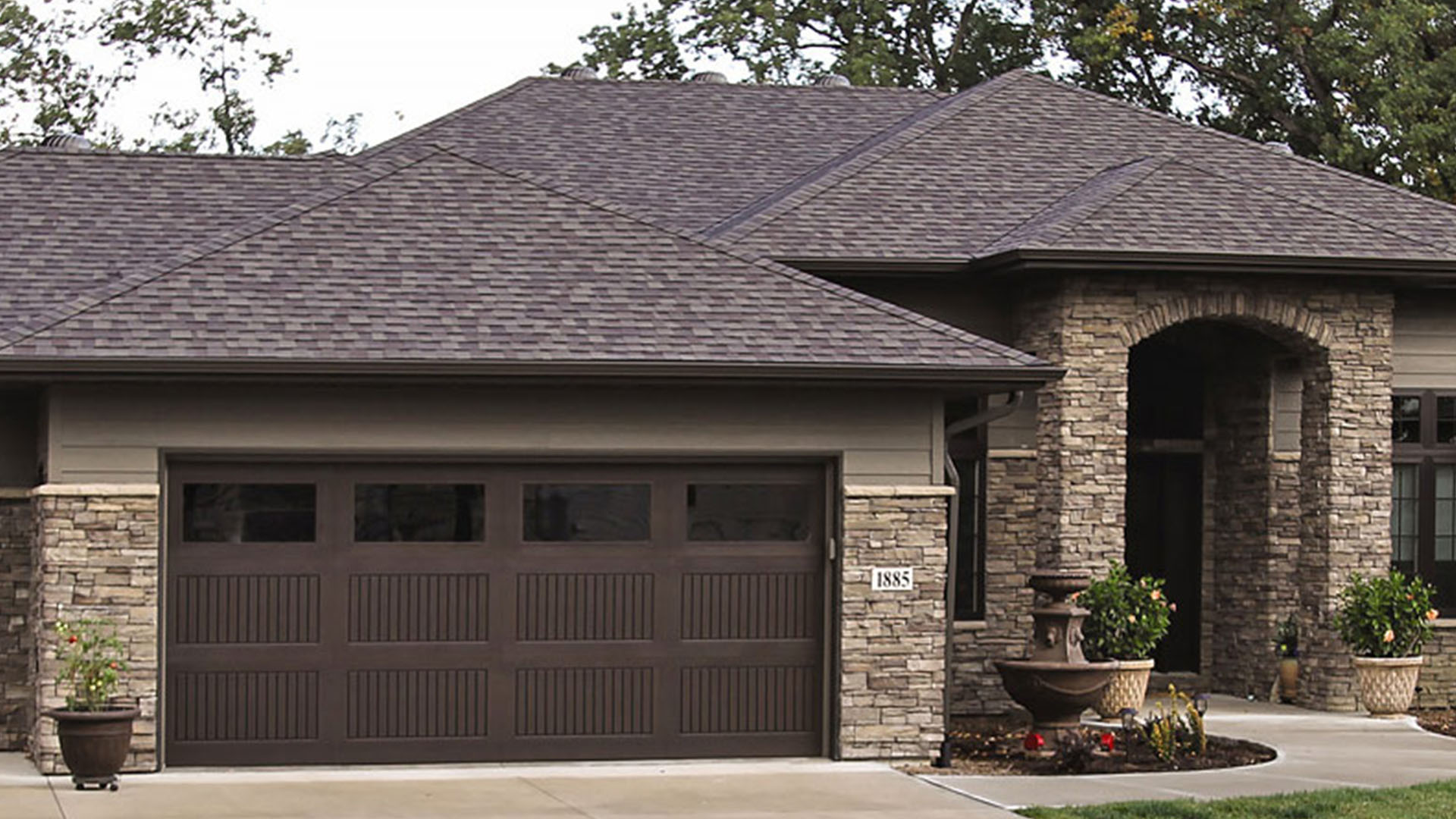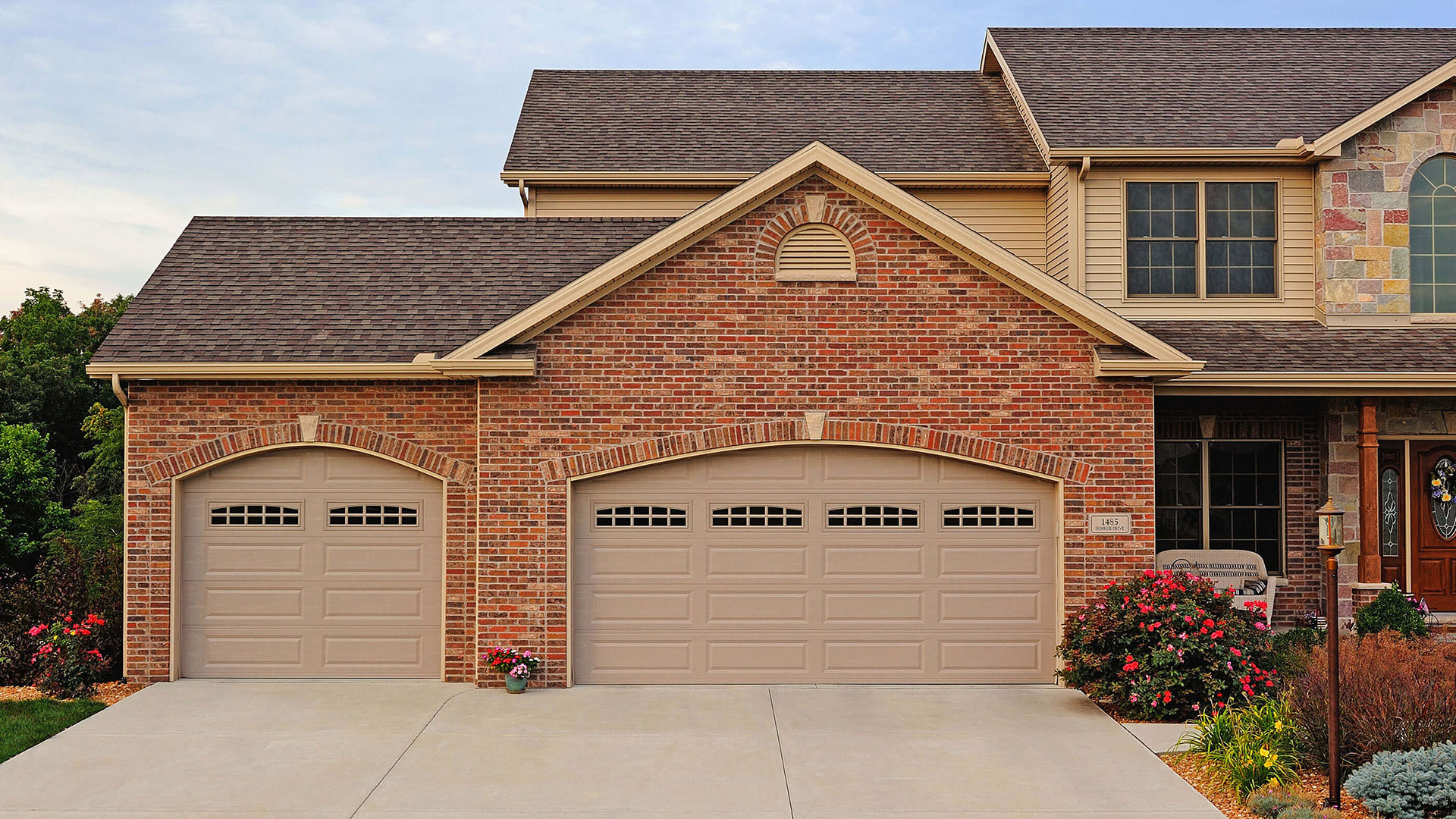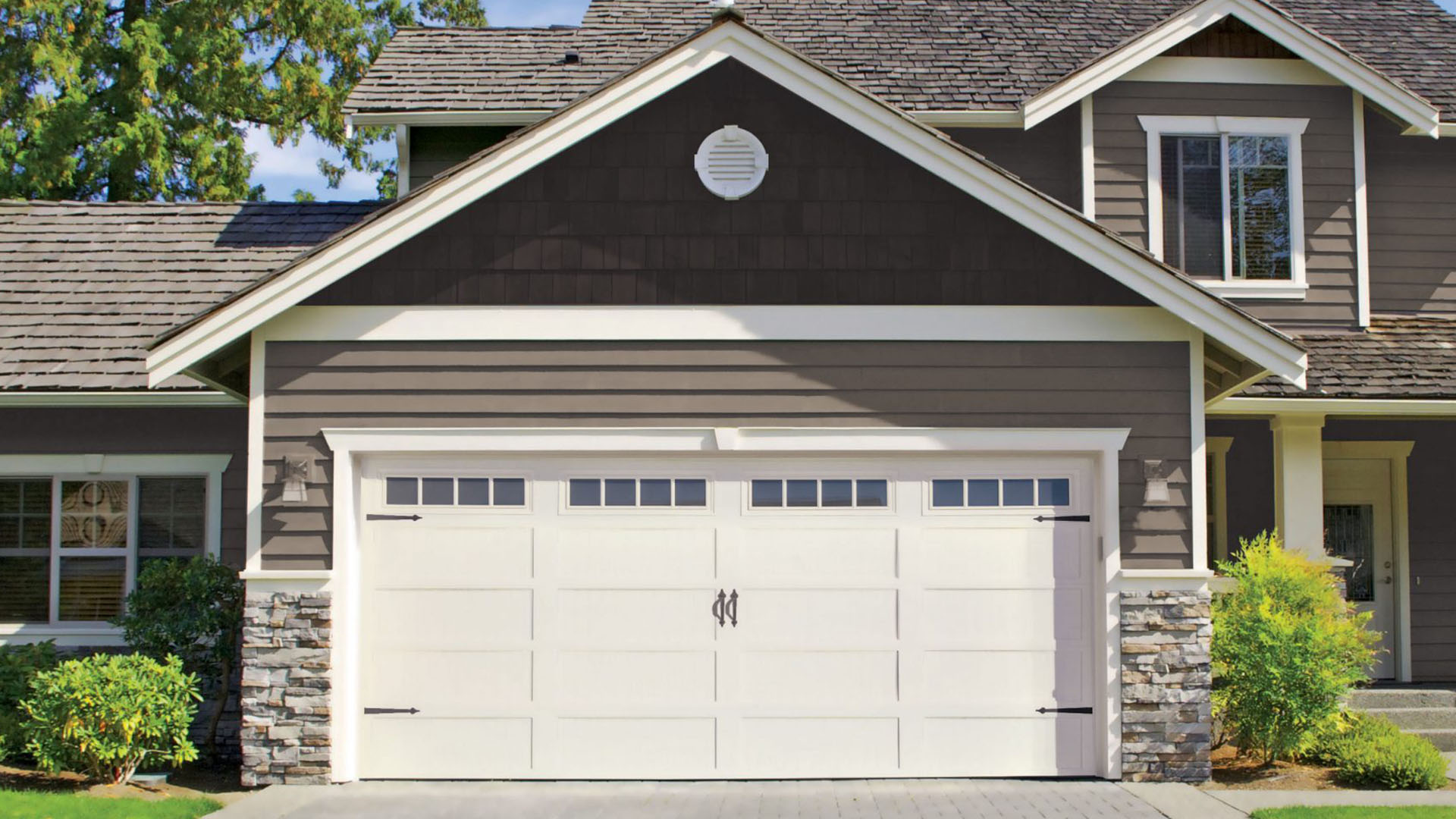How Much Should It Cost to Install a Garage Door in Los Angeles?
Introduction
Deciding to install a new garage door can be a significant home improvement project. It's not just about aesthetics; a well-chosen garage door enhances your home's curb appeal, increases security, and can even improve energy efficiency. However, before you dive into the exciting world of garage doors, Neighborly Garage Door Pros it's essential to understand the costs involved and the options available. This article serves as a comprehensive guide for budgeting for your new garage door, covering installation costs, types of doors, materials, and maintenance considerations.
Budgeting for Your New Garage Door: A Comprehensive Guide to Installation Costs and Options
Understanding Garage Door Installation Costs
When planning your budget for garage door installation, it's crucial to know what contributes to the overall cost. Several factors come into play:


Types of Garage Doors
Sectional Garage Doors
Sectional doors consist of several panels that slide up along tracks when opened. These are popular due to their space-saving design and insulation options.
Roll-Up Garage Doors
Roll-up doors are typically made from steel or aluminum and roll up around a drum above the opening. They’re excellent for commercial settings but are also available in residential styles.
Swing-Out Garage Doors
These vintage-style doors swing outwards like traditional barn doors. They add character but require ample driveway space.
Tilt-Up Garage Doors
Tilt-up doors are single-panel systems that tilt open; they’re generally less expensive but can take up more space when opened.
Materials Used in Garage Doors
Steel Garage Doors
Steel is durable and low-maintenance but can be prone to rust if not properly coated.
Wooden Garage Doors
Wood offers aesthetic beauty but requires regular maintenance to prevent warping and rotting.

Fiberglass Garage Doors
Fiberglass is lightweight and resistant to warping; however, it may not offer as much insulation as other materials.
Aluminum Garage Doors
Lightweight and rust-resistant, aluminum doors are ideal for coastal areas where moisture is an issue.
Assessing Energy Efficiency in Your New Garage Door
A significant aspect often overlooked during budgeting is energy efficiency. An insulated garage door helps maintain temperature control within your garage, which can impact heating costs if the garage is attached to your home.
- Look for R-value ratings when shopping—higher numbers indicate better insulation properties.
DIY vs Professional Installation: What’s Best for You?
Many homeowners wonder whether they should install the garage door themselves or hire professionals.
- DIY installations can save money but require tools and skills that not everyone possesses.
- Hiring professionals ensures proper installation but comes with labor costs.
Maintenance Considerations After Installation
Once you've installed your new garage door, don’t forget about maintenance! Regular upkeep prolongs its lifespan:
Hidden Costs Associated with Garage Door Installation
Sometimes unexpected expenses arise during installation:
- Removing old doors may incur additional fees.
- Electrical work may be needed if you’re installing an automatic opener.
Finding Reliable Contractors Near You
When searching online for “garage door installation near me,” look for reviews and ask potential contractors about their warranties on both products and labor.
FAQ Section
1. What factors affect my budget when installing a new garage door?
The main factors include type/size/material of the door, installation complexity, labor costs, and any additional features like insulation or windows.
2. Can I install a garage door myself?
Yes! However, it requires some technical knowledge and tools; hiring professionals is often recommended unless you're confident in your DIY skills.
3. How long does it take to install a new garage door?
Typically, professional installations take about 4-6 hours depending on the complexity of the job.
4. What maintenance do I need after installing my new garage door?
Regularly lubricate moving parts, inspect seals annually, and clean surfaces with mild soap to avoid dirt accumulation.
5. Are insulated garage doors worth the investment?
Absolutely! Insulated doors help maintain temperature control in attached garages which can lead to lower energy bills over time.
6. How do I choose between different materials for my garage door?
Consider factors like climate durability (wood vs steel), maintenance requirements (fiberglass vs aluminum), aesthetics (wood's natural beauty), and budget constraints while making your choice.
Conclusion
Budgeting for Your New Garage Door: A Comprehensive Guide to Installation Costs and Options is an essential resource whether you’re upgrading an existing one or installing a brand-new unit from scratch! By understanding all aspects from types of doors to hidden costs associated with installation—plus considering energy efficiency—you'll be well-equipped to make informed decisions that fit your budgetary constraints without sacrificing quality or style!
So what are you waiting for? Dive into this exciting project today! Remember that taking time with research pays off immensely when it comes down to enhancing both functionality & aesthetics at home—good luck!
This article aimed at providing valuable insights into budgeting considerations regarding new garage doors has been written with care towards SEO standards while prioritizing reader engagement.